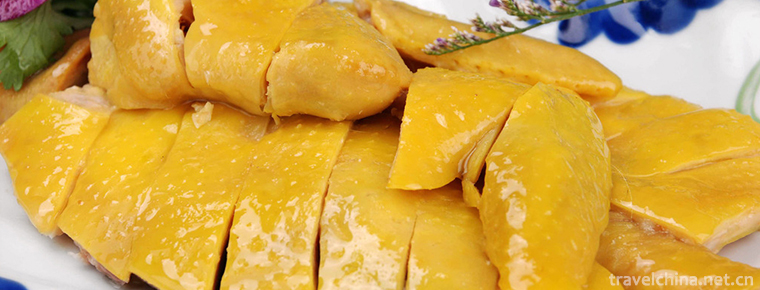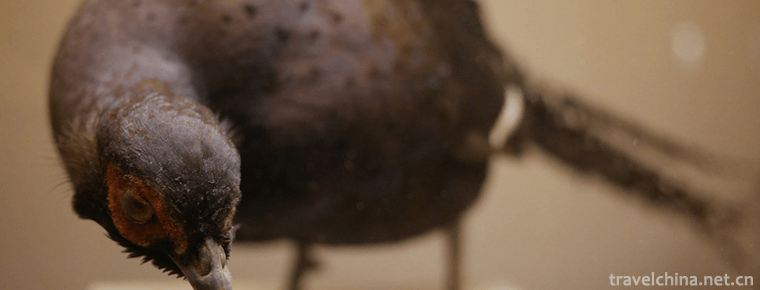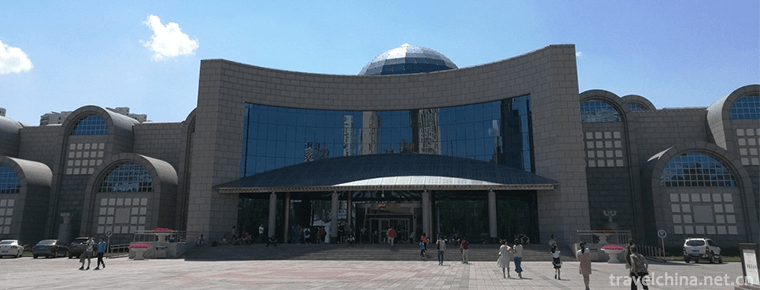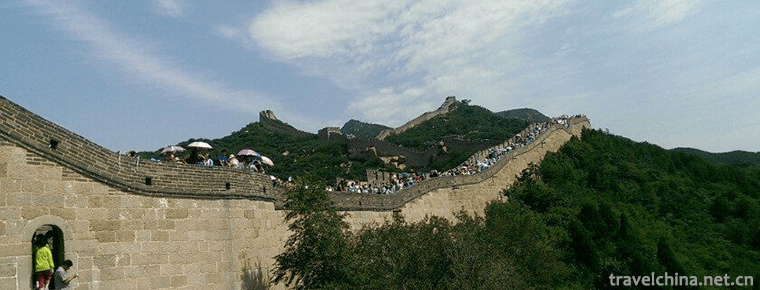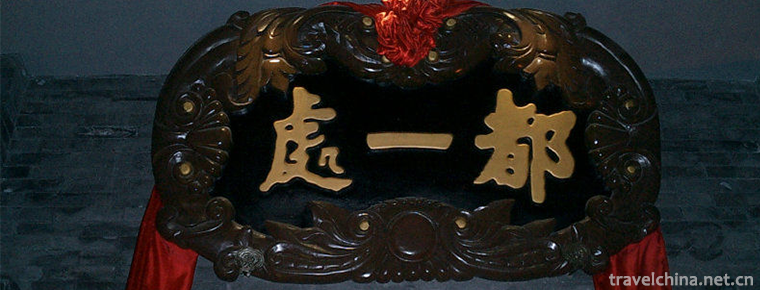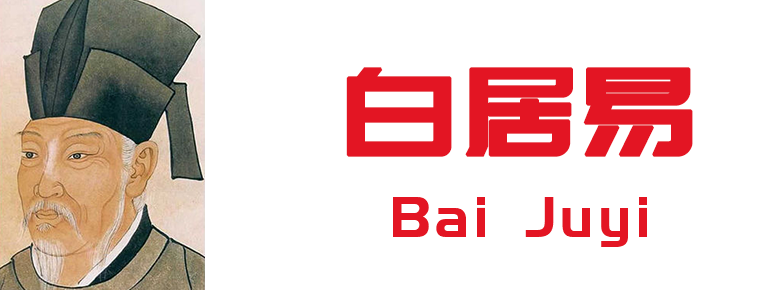Lacquerware Decoration Techniques
Lacquerware Decoration Techniques
Chu-style lacquerware decoration is a traditional folk lacquerware decoration technique. By the Spring and Autumn Period and the Warring States Period, the production technology of lacquerware in Chu State had reached a very high level. Many archaeologists believe that the craftsmanship of making cultural relics has been lost. In fact, over 2000 years, this traditional craftsmanship of Jingchu with oriental cultural characteristics has been continuously inherited in Jingsha area. Over the past 40 years, more than 5,000 lacquer wares have been unearthed from Chu tombs in Jingzhou area, and now more than 5,000 pieces have been unearthed. People are surprised to find that the "holding boxes" and "tea" of unearthed cultural relics more than 2,000 years ago have been unearthed. The dishes, tea boxes and so on are exactly the same as the objects used by the local people in the early days of the founding of the People's Republic of China.
Historical Origin
When it comes to lacquerware, Jingzhou citizens are no strangers. As the birthplace of Chu culture, lacquerware can be seen in the excavation of many tombs of Chu. After thousands of years, it still keeps its splendor. The color of these lacquerware can last forever, which is closely related to the lacquer they use. The charm of Chu style lacquerware art can be seen. Lacquerware has a very long history in China. Jingzhou and Chu style lacquerware have a profound origin. Jingzhou has been an important economic and cultural town in Jianghan Plain since ancient times. It faces the vast Yangtze River in the south, the long Hanshui in the north, Chongling in the Three Gorges in the West and Baili Dongting in the east. This is a subtropical monsoon climate, suitable for the growth of high-quality trees, Spring and Autumn and Warring States Period is rich in golden phoebe, lacquer trees planted more, until the 1950s in Jingzhou City still planted a large number of lacquer trees. In the middle reaches of the Yangtze River, there used to be sand gold in the Jingjiang section. "Zhijiang, Jiangling, Chihu City, Jingzhou Prefecture, are all places for businessmen to dig out" (Jingzhou Prefecture Records, Property). The abundant products provide the conditions for local materials for the achievements of Chu lacquerware.
Through textual research, experts of Jingzhou Qunyi Museum of Art found that lacquerware such as Tomb animals had been rare since Qin and Han Dynasties. However, such famous practical crafts as drum rack, back drum rack, seat-hanging screen, ornaments and "golden lacquer basin plate" had flourished until the end of Qing Dynasty and the Republic of China. The "golden lacquer basin plate" produced in the late Yuan Dynasty and the "Zhu lacquer box" produced in the Ming Dynasty were well-known throughout the country. The complete sets of lacquer wood carvings produced in the late Qing Dynasty, such as "Ten Halls of Yanjun", "Eight Immortals Crossing the Sea" and "Da Nuo Tiangong", were also exported to the Nanyang Islands, the United States, Japan and India. In the first year of Xuantong, Shashi Golden Lacquer Plate also won the Gold Prize at Panama International Expo. In 1927, Volume 23, No. 7 Oriental Magazine also recorded in the article "Shashi" that "there are many lacquer workers in Shashi... Large pots, barrels and other wooden objects are painted, smooth and clean, and salty as a good product. Therefore, lacquerware is a major specialty of Saudi Arabia. After the Japanese invaded Shashi City, the production of "golden lacquer basin plate" gradually disappeared due to the economic depression. Until the 1970s, due to the exquisite lacquerware unearthed in Jingzhou area, in order to meet the needs of the market, a small workshop for lacquerware production, mainly imitating Chu lacquerware, began to appear in Jingsha area.
Technical features
Various Matrix Forms and Chu-style Lacquer Art Keep Up with the Times
In the interview, experts from Jingzhou Qunyu Museum of Art introduced that in 2000 years of continuous inheritance, the development of Chu-style lacquerware skills is clear. From the initial symbol of noble status to the daily necessities of ordinary people's homes, the types of lacquerware are more and more complete, and the skills are more and more elaborate. All kinds of texture, different shapes, everything, carving, mosaic and decoration are omnipotent. But the most distinctive ones are tenon and mortise painted wood carvings, gold lacquer basin plates and oracle-bone lacquerware.
Painted tenon and mortise wood carvings with lacquer
Painted tenon and mortise wood carvings with lacquer have very artistic characteristics. They are romantic, mysterious, magnificent and fantastic, beyond imagination, and make people memorable. The decorative patterns are also varied with the themes of phoenix, dragon snake, tiger deer, flower branches and auspicious clouds. Such as the mandarin duck shaped "mandarin duck beans", "golden Phoenix lotus beans" in the form of Golden Phoenix and lotus flower; the "double connecting cup" in the form of Phoenix bird; the stationery articles in the form of mandarin duck and Phoenix bird, such as inkstone box, pen holder, paper town, printing mud box, etc., and the "tiger and tiger" and "feather man" in the form of Phoenix deer, etc. Now the most widely circulated representative works are "shoulder drum stand".
The combination of tenon and mortise is the first characteristic of painted wood carving in Jingchu lacquer. Tenon and mortise is the unique work of Chinese traditional wood crafts, and the use of tenon and mortise in wood carving combination is the creation of Chu people. Because the combination of wood carving is mostly special-shaped tenon and mortise, in addition to skilled application of various tenon and mortise forms of traditional wooden furniture, it also creates a lot of unknown tenon and mortise forms along with the shape. Painting is another feature of Chu-style lacquer wood carving. With red, black and gold (yellow) as the basic tone, the color is saturated, magnificent and graceful. In the underground water immersion, it lasts more than 2,000 years and is still brilliant. The main reason is that the color paint is completely made of mineral and vegetable pigments and processed in accordance with the ancient method.
Golden lacquer pots and pans
"Golden lacquer pot plate" originally refers to the cup, plate and spoon in the national lacquerware of Chu. Because of its simple technology, most of the Chu workshops, which mainly made fine crafts, did not produce such articles. They generally came from other places. Later, because of the great increase in demand, they began to produce in Jingsha in the late Yuan and early Ming Dynasty. They were well-known for their "golden lacquer pot plate", and were still well-known brands in local specialties until the early part of the last century. 。 Before the merger of Jingsha, in various Atlas of China compiled and published by China Map Publishing House, 16 words were used to introduce "handicraft products of Shashi City, famous for Jingsatin and golden lacquer basin dishes" in the introduction of Shashi City with only 80 words.
Jingsha "Golden Lacquer Pot Plate" includes basin bathtub, foot basin, high foot basin (waist basin), washbasin and shoe basin; bucket type bucket, seat bucket (drum), stand bucket; tray type tea tray, string plate, fruit tray; box type suitcase, jewelry box, tea box; screen type hanging screen, seat screen; furniture type chair, round table, square stool, fire basin seat (rack), etc. The wood used in Jingsha "Golden Lacquer Pot and Plate" is usually stored for more than two years. After being completely dried, it is processed and made into white objects. Then it is made of natural national lacquer through 18 processes, such as polishing, scraping, sanding, plastering, painting and gold drawing.
Melon and fruit Oracle fetuses
Fruit and Oracle embryos in Chu lacquerware are rare and distinctive in China. It is the utilization of natural objects processed and beautified by the ancestors of the State of Chu, which can be proved in kind. A spoon painted red with black primer of half-handle gourd bun was unearthed from Tomb 28 of Gaotai, Jingzhou. In Jingsha area, people have been using gourd paintings to make wine pots, medicine pots and other practical handicraft inheritance. There are also orange and pomelo lacquerware, orange and pomelo lacquerware, which is formed by the folk art of "pomelo sculpture" and "orange sculpture" in Jingsha. The oracle-bone lacquerware is influenced by the ancient oracle-bone divination. In 1973, a tortoise shell of the Western Han Dynasty was unearthed from Tomb No. 8 of Fenghuangshan, Jingzhou. It was the earliest and best preserved tortoise shell lacquerware, with tortoise belly carapace as its fetus, and the whole bun of black lacquer with vermilion gods, beasts and characters on both sides. Until the eve of liberation, there were still painted or unpainted tortoiseshell on the fortune-telling table in Jingsha Street.
Protection and inheritance
Ancient Skills Need to be Protected and Inherited
Based on the census, Jingzhou Qunyi Museum has focused on investigating the inheritance genealogy, skill level, production ability, process and existing works of representative inheritors. It has also compiled the textual research document of "Chu-style lacquerware and technology", and has produced relevant video and picture materials. Protecting and inheriting the "Chu-style lacquerware art" is of great significance to the study of the Oriental lacquer art of Jingchu culture.
After visiting Jingzhou Qunyi Museum, we learned that there are nearly 10 lacquerware workshops in Jingsha area. But most of them only make a living by using general materials, general paints and imitating unearthed objects. The use of authentic national lacquer, high-quality materials, traditional technology, because of high cost, time-consuming and skills difficult to comply with the ancients and few operators. There are a few inheritors of Chu lacquerware who are skilled in making exquisite and new products, but also because of the lack of funds and skilled craftsmen. And the old artists are old, and there are few successors.
Now, Jingzhou Qunyi Museum has identified Zou Dexiang and Zou Chuanzhi in Jingzhou District as the current representative successors, and focused on investigating the inheritance pedigree of Zou's father and son. Reporter interviews learned that Zou Dexiang had been invited by Jingzhou Museum to participate in the reproduction of some cultural relics such as ancient lacquer and woodwork in the Western Han Dynasty. Zou Chuanzhi, influenced by his father Zou Dexiang, had a strong interest in Chu-style lacquer wood carvings. In 2000, we successfully designed and developed "Bullfighting" and "Mandarin Duck Ink Box". Recently, we unearthed the long-lost Oracle tire painted lacquerware "turtle shield" and the orange and pomelo tire painted naked cup.
Today, Chu-style lacquerware technology has become a municipal intangible cultural heritage. The director of Jingzhou Qunyi Museum said that they would set up a "working group on the protection of Chu-style lacquerware technology" by organizing special personnel to study, develop and utilize this technology. A series of measures, such as "Chu-style lacquerware skills training course", regularly recruiting students, encouraging mentors and apprentices to establish a marketing mechanism, promote the "Chu-style lacquerware" products in Jingzhou City, and protect this ancient skill.

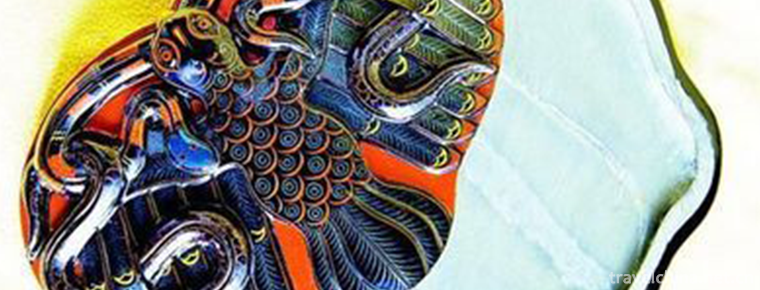
-
Cattle back MountainNiubeishan Mountain
Niubei Mountain is located in the border of Xingjing County and Luding County in Ya'an City.
Views: 171 Time 2018-10-13 -
White cut chicken
White cut chicken, also known as white cut chicken, is the most common dish in Guangdong cuisine. It is a kind of chicken dipping. Its characteristics are simple and easy to prepare, without batching .
Views: 232 Time 2018-11-02 -
Dalian Laohutan Ocean Park
Dalian Laohutan Ocean Park is located in the middle of the southern coast of Dalian, a national scenic spot. It covers an area of 1.18 million square meters .
Views: 254 Time 2018-12-02 -
Chaoyang Bird Fossil National Geological Park
Chaoyang Bird Fossil World Geopark is located in Chaoyang City, western Liaoning Province. Chaoyang is located at the junction of Liaoning, Hebei and Mongolia provinces in the throat of Chinese cock t.
Views: 105 Time 2019-01-05 -
Mudan River Side Wall
The Mudanjiang Side Wall was built in the Tang Dynasty, presumably at the junction of Mudanjiang City in Heilongjiang Province and the northeast of Hailin County. .
Views: 286 Time 2019-02-07 -
Museum of Xinjiang Uygur Autonomous Region
The Museum of Xinjiang Uygur Autonomous Region, located at No. 132 Northwest Road, Urumqi City, is a provincial comprehensive geographic museum..
Views: 229 Time 2019-02-25 -
Yongshun Tusi City Site
Laosicheng Site in Yongshun, Hunan Province, is located in Laosicheng Village, Lingxi Town, more than 20 kilometers east of Yongshun County, Tujia and Miao Autonomous Prefecture.
Views: 221 Time 2019-03-05 -
Legend of Badaling Great Wall
Badaling Great Wall legend is one of the traditional folk legends in Beijing. It is rooted in the folk and has prominent dialect characteristics. It combines romanticism and realism skillfully..
Views: 214 Time 2019-04-02 -
Duyi barley roasting technology
Duyi Maiguan was opened in 1738, the third year of Qianlong in Qing Dynasty. The entrepreneur's surname is Wang, and his native place is Shanxi. For the first time.
Views: 204 Time 2019-04-28 -
Mei Ge
Meige is the general name of Yi folk song and dance and folk oral literature. Its content is all-encompassing and almost reflects the history, culture, production and life of the Yi people. It is rega.
Views: 164 Time 2019-06-02 -
Bai Juyi
Bai Juyi (772 - to - 6), Le Tian, the number of Xiangshan residence, and Mr. drunken Yin, whose ancestral home is Taiyuan, Shanxi. And moved to his great grandfather. Lower jaw Born in Henan Xinzheng .
Views: 249 Time 2019-09-06 -
Chongzhou jiulonggou scenic spot
Chongzhou jiulonggou scenic spot is located in Sanlang Town, Chongzhou City, with an area of more than 170 square kilometers and 76 kilometers away from Chengdu City. Jiulonggou is known as "Dragon Palace on earth". .
Views: 304 Time 2020-11-05

